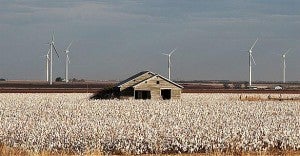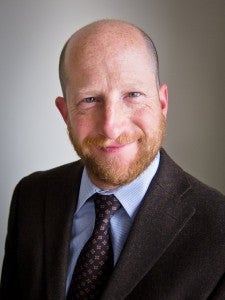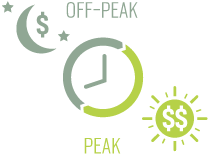This week, the Texas Senate will likely debate House Bill (HB) 3390, introduced by Representative Harvey Hilderbran and sponsored by Senator Bob Deuell. This bill, which passed in the House and out of the Economic Development Senate Committee on May 14th, reauthorizes Chapter 313 of the Texas Tax Code – commonly known as the Texas Economic Development Act. Chapter 313 is an economic development program that allows companies to apply for a temporary reduction in property taxes in exchange for a major capital investment commitment.
Chapter 313 has helped put Texans to work and grow rural economies. Wind energy is among the industries that take advantage of this program and, in the process, has attracted around $24 billion in wind energy investments to 56 counties throughout the lone star state – $15 billion of which was a direct result of Chapter 313. Wind energy projects create new jobs and employ meteorologists, surveyors, structural engineers, assembly workers, electrical workers, construction workers, lawyers, bankers, technicians and local service jobs associated with increased growth.
However, Chapter 313 is set to expire in 2014. If the Texas Senate does not renew this crucial bill as is (with renewable energy projects included), then the state stands to lose its competitive advantage in attracting wind and solar development to the state – potentially losing projects to the 34 other states offering clean energy incentives. Some states don’t impose a property tax on wind projects at all.
Furthermore, including renewables in Chapter 313 helps growing school districts’ tax bases, which benefit from the substantial investment that wind energy projects bring to their communities. The expected 30+ year life span of these projects makes them lucrative municipal assets. Additionally, landowners in rural Texas receive lease payments for each turbine installed on their property. These infusions of capital help farmers and ranchers support their land, particularly during times of extreme drought. 95 percent of land used for wind turbines can still be used for agricultural purposes, allowing farmers and ranchers to benefit from a second harvest – of wind.






